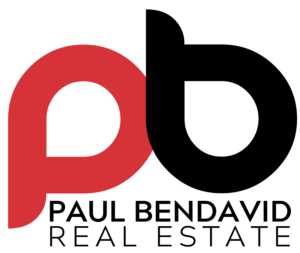Introduction: Mold is a common issue in many homes and buildings, and its presence can pose health risks and compromise indoor air quality. In the Greater Toronto Area (GTA), where humid summers and cold winters create the perfect environment for mold growth, effective mold removal processes are essential for maintaining a safe and healthy living environment. In this blog, we’ll explore the latest advancements in mold removal techniques and technologies available to residents in the GTA.

Understanding the Threat: Mold thrives in damp, humid environments and can colonize various surfaces, including walls, ceilings, floors, and even HVAC systems. Beyond its unsightly appearance, mold can release spores and mycotoxins into the air, leading to respiratory issues, allergies, and other health concerns. In the GTA, where moisture levels can fluctuate throughout the year, mold prevention and remediation are critical for ensuring indoor air quality and protecting occupants’ health.

Advanced Mold Detection: The first step in the mold removal process is accurate detection and assessment of the problem. Traditional methods, such as visual inspection and surface sampling, have their limitations and may not always identify hidden mold growth. However, advanced technologies like infrared thermography and moisture meters allow technicians to detect moisture and potential mold growth behind walls, under floors, and in other concealed areas. This enables more targeted and comprehensive mold remediation efforts.

Safe and Effective Remediation: Once mold has been identified, the remediation process begins. In the past, mold removal often involved extensive demolition and the use of harsh chemicals, which could further exacerbate indoor air quality issues. However, modern mold remediation techniques focus on safe and environmentally friendly methods that minimize disruption to the home or building.
Another innovative approach is the use of high-efficiency particulate air (HEPA) filtration systems to capture Mold spores and prevent their spread during remediation. These filtration systems are capable of removing particles as small as 0.3 microns, ensuring thorough containment of Mold contaminants and protecting occupants from exposure.

Preventative Measures and Long-Term Solutions: In addition to remediation, preventing mold growth is essential for maintaining a healthy indoor environment. Proper ventilation, moisture control, and regular maintenance are key to minimizing the risk of mold in homes and buildings. This includes addressing water leaks, improving ventilation in high-humidity areas like bathrooms and kitchens, and using dehumidifiers as needed.

Conclusion: Mold removal is a critical aspect of maintaining indoor air quality and protecting the health and well-being of residents in the Greater Toronto Area. By leveraging advanced detection technologies, safe remediation methods, and proactive preventative measures, homeowners and property managers can effectively address mold issues and create a healthier living environment for all. Whether it’s through innovative techniques like dry ice blasting or strategic moisture control strategies, staying ahead of mold growth is key to ensuring peace of mind and comfort in the home.
For further details or assistance with the real estate in the GTA, feel free to contact
Paul Bendavid
RE/MAX Realtron Realty Inc. Brokerage
Cell: 647-988-7355
Office: +1 905 539 9511
Address: 183 Willowdale Ave, Toronto, Canada

